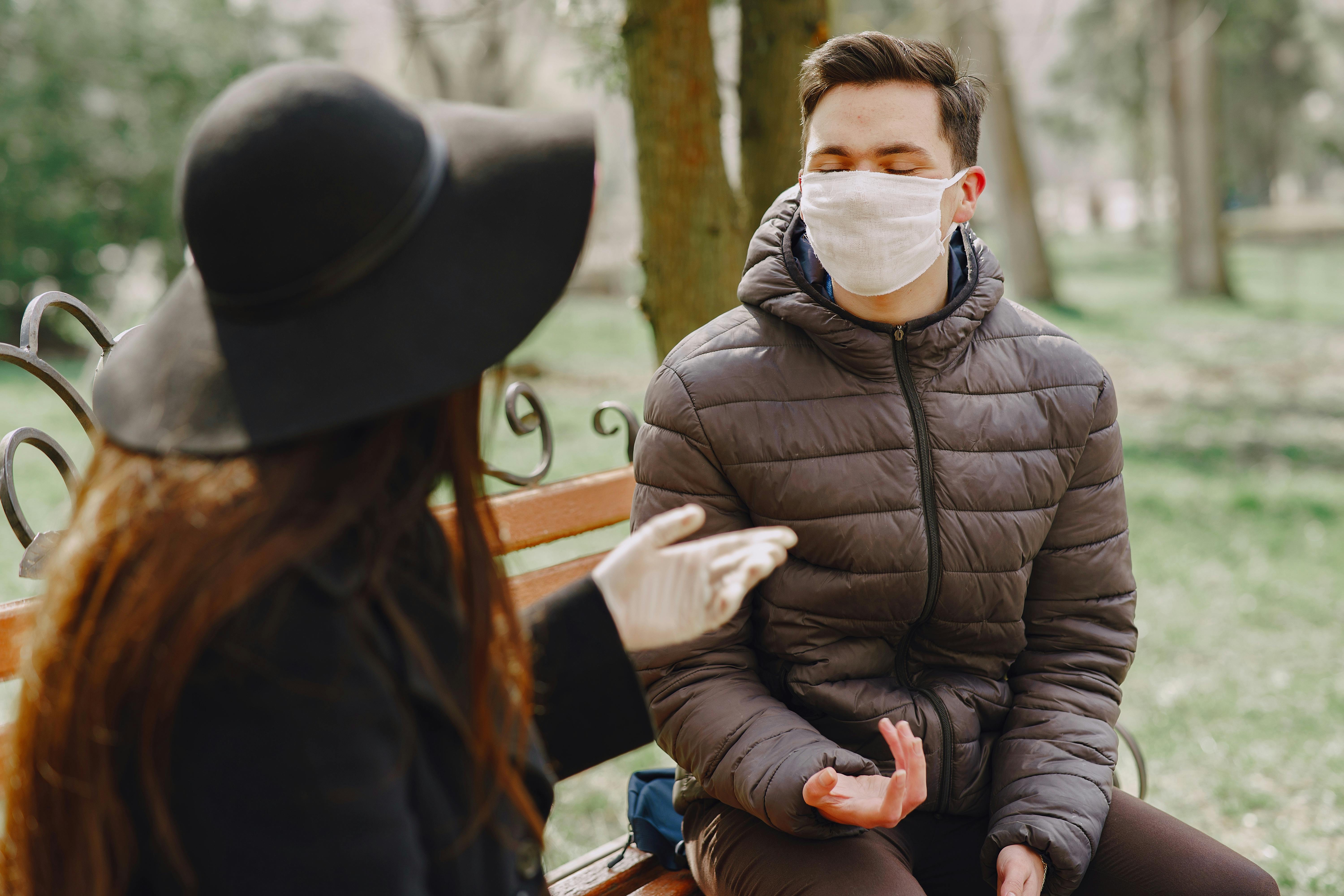The term Eczema is a medical term that is commonly used to describe a skin condition. In most cases, this skin condition is a type of dermatitis or inflammation of the epidermis. The epidermis is the outermost layer of an individual’s skin. Eczema is normally a persistent skin condition that causes dry skin or rashes. Some of the most common symptoms of this skin condition are; skin redness, swelling or inflammation of the skin, itchy skin, dry skin, scabbing or peeling of the skin, blistering of the skin, cracking of the skin, or bleeding or oozing of the skin. It is common for people with eczema to experience mild skin discolorations. Typically, skin discolorations are the result of breakouts trying to heal on their own. Scarring is rare in mild flare-ups, but it can occur. Most scars are the result of severe cases. Eczema is commonly mistaken for psoriasis. However, unlike psoriasis, it is more likely to be found at the flexor point of the joints.
The different types of eczema
The term “eczema” is used to describe a wide set of characteristics. However, there are many different types of eczema. In most cases, eczema is classified based on the location of the outbreak. For example, in a person who has an outbreak of eczema in the area of the hand, the type of eczema is known as “hand eczema.” The types of eczema flare-ups can also be classified by their physical appearance. For example, if a person has eczema that shows multiple cracks in the area, then the name of the eczema will contain some sort of distinction that contains information about the cracks in the name.
There are many different types of eczema flare-ups.
The first type of eczema is known as atopic eczema. Atopic eczema is also called infantile, flexion, or atopic dermatitis. Atopic eczema is an allergic disease that is believed to be caused by an inherited trait. Atopic eczema is common in people whose family has hay fever and / or asthma. Most commonly, atopic eczema is a rash that causes people a great deal of itching, especially on the head or scalp, neck, elbows, knee flexion, and buttock region.
The second type of eczema is known as contact dermatitis. Contact dermatitis has two main types: allergic and irritant. Allergic contact dermatitis is usually the result of a delayed reaction to an allergen. Irritant contact dermatitis is the result of a direct reaction of some type of component, such as a type of soap. Irritant contact dermatitis is responsible for approximately three-quarters of all contact eczema cases. Contact dermatitis is the most common skin disease today. The cure for contact eczema is simply to avoid the object that the individual has contact with that triggers the eczema. If the object that causes eczema is removed from people’s contact, then the eczema will normally go away.
The third type of eczema is known as xerotic eczema. Xerotic eczema is also known as; asteatotic, crackle, itchy in golden winters. Xerotic is an outbreak in which a person has severe cases of dry skin. What happens in xerotic eczema is that the dry skin area becomes so extreme and severe that the outbreak becomes xerotic eczema. This condition can become more severe during cold winter weather. In most cases of xerotic eczema, an individual’s arms, legs, and central area are the regions most affected by this type of eczema.
The fourth type of eczema is known as seborrheic dermatitis or seborrheic dermatitis. In babies, this type of eczema is called cradle cap. This type of eczema is commonly related to dandruff. Seborrheic eczema causes an individual to have an oily scalp, peeling or flaking of the scalp, peeling or flaking of the eyebrows, peeling and flaking of the face, and peeling and flaking of the trunk in some people. This type of eczema is harmless for the most part, unless this type of eczema occurs in a baby and develops into a severe cradle cap.
These are the most common types of eczema. There are other types of this condition, but these types are less common. These less common types of eczema are; Dyshidrosis that occurs in the palms, fingers, and toes. Discoid eczema, which are round rashes on the leg region that may be oozing. Venous eczema is a type of eczema that occurs in people with poor circulation, varicose veins, or edema. Venous eczema is most common in the ankle area. Dermatitis herpetiformis is a type of eczema that causes severe itching of an individual’s limb, including the knee and thigh area, and the individual’s back region. Neurodermatitis is a type of eczema in which a thick area of eczema is the result of constant rubbing. Autoeczematization is a type of eczema that results from an infection caused by a parasite, fungus, bacteria, or virus.
Treatment for eczema
To this day, there is still a known cure for eczema. However, there are numerous different types of eczema treatments that aim to keep the flare up, reduce swelling or inflammation, and relieve itching or discomfort.
Eczema flare-ups are often treated with a corticosteroid medicine. In most cases, the drug comes in the form of an ointment, lotion, or cream. These types of medications do not cure eczema flare-ups, but they have been shown to cause extreme flare-up improvement. Corticosteroid medications work by reducing redness, relieving itching, and suppressing other symptoms resulting from eczema.
There are several side effects when using corticosteroid medications to treat eczema flare-ups. If a person uses corticosteroid medications for a long time, the chances of these side effects are likely to increase. Usually, a person’s skin becomes thin or irritated if they use the corticosteroid medicine for too long. Doctors normally prescribe a low dose of steroids to the individual to lessen this effect. These medications can cause cataracts when used on the face if used near the eye area. You can develop a fungal or bacterial infection if you don’t use antibiotics or antifungal prescriptions along with your corticosteroid medicine.
Immunomodulators were created to treat eczema after corticosteroid treatments. Immunomodulators were developed to suppress the immune system where the eczema flare is found. The United States Food and Drug Administration has issued a health advisory on the use of immunomodulators because there is a possibility of developing cancer of the lymph nodes or skin cancer.
Antibiotics are also used to treat eczema. Some cases of eczema become severe and develop cracks in the skin. Cracks in the skin allow bacteria to easily enter the individual’s body. People who scratch their eczema when they itch also cause an infection, which can spread throughout the body. Antibiotics are used to treat these types of eczema-related conditions.
The immunosuppressant is a treatment for eczema. Doctors use immunosuppressants when a person with eczema does not respond well to other forms or methods of treatment. Immunosuppressants are used to weaken the immune system, sometimes causing dramatic improvements in the condition of individuals. Eczema. People who are undergoing immunosuppressants should have frequent blood tests and be examined by their doctor regularly.
Doctors often recommend anti-itch medications or ointments when a person has eczema. This is because most types of eczema cause the individual to itch. Scratching the eczema can cause an infection, so to avoid itching, doctors prescribe anti-itch medications.
Doctors also urge people to maintain a daily hydration routine to avoid dry skin. This is because eczema can get worse when the individual’s skin becomes dry. Keeping the skin hydrated is one of the most effective treatments a person can perform to soothe and help the area heal.
Doctors encourage people to avoid the use of harsh soaps, chemicals, and detergents. People should replace these harsh items with moisturizing soaps, allergen-controlled detergents, and chemicals that are less harsh on the skin. These harsh elements can strip the natural oils from a person’s skin and cause the skin to become dry or severely irritated. People should take regular baths in an oatmeal formula. People suffering from eczema should also avoid using powders and perfumes because these products also make the skin dry.
Outbreak prevention
There are several things a person can do to prevent an eczema flare-up. Some of the most common eczema prevention methods are avoiding the use of harsh soaps, harsh detergents, harsh chemicals, and powders. Start buying moisturizing soaps to keep your skin hydrated. People should also buy detergents that have allergen control agents. Avoid using powders and perfumes altogether if possible. Powders and perfumes are known to remove natural skin oils that cause skin to dry out. If you use harsh chemicals to clean, be sure to start wearing rubber gloves to avoid exposing your skin to the cleaning agents. Avoid extreme temperatures, dry air, and irritating clothing.




